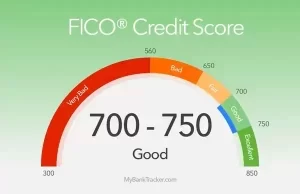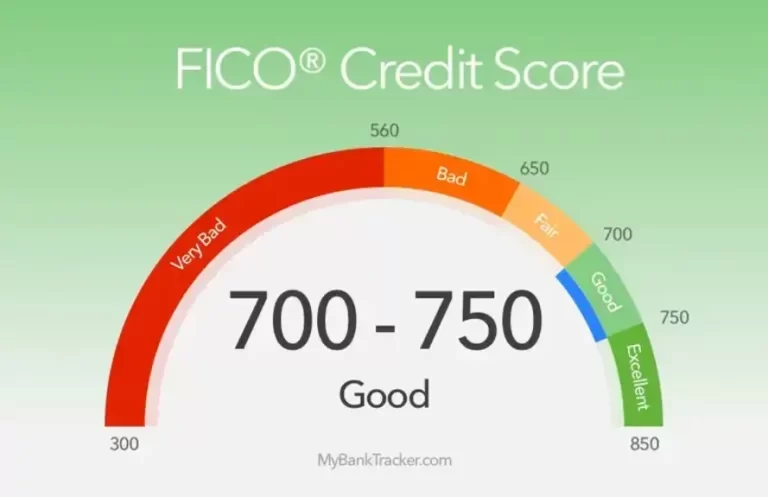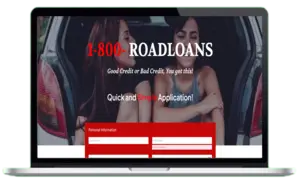A bad credit score, also called a sub-prime credit score, is any credit score that falls below the “good” risk category, which varies slightly between FICO and Vantage Score, the two primary scoring models used to calculate credit scores. A low credit score results from harmful information on your credit report, such as a late payment or delinquency on your credit report.
What is a bad FICO credit score?
FICO breaks its risk categories into the following:
- Poor: Below 580
- Fair: 580-669
- Good: 670-739
- Very good: 740-799
- Excellent: 800 and above
Under FICO, any credit score below 670 is considered a bad credit score or a subprime credit score.
What is a bad Vantage Score credit score?
Vantage Score breaks borrowers into the following risk categories:
- Very Poor: Below 499
- Poor: 500-600
- Fair: 601-660
- Good: 661-780
- Excellent: 780-850
A bad Vantage Score credit score is under 661, slightly more generous than FICO. Vantage Score isn’t used as often as FICO in lending decisions.
What’s the Difference Between Having a Bad Credit Score and No Credit Score?
If you have no credit score, you don’t yet have any credit history with the three major credit bureaus — Equifax, Experian, and TransUnion. On the other hand, if you have a bad credit score, you have a credit history, and one or more factors on your credit file are holding your score back.
A credit delinquency, a loan or credit card payment over 30 days late, will stay on your credit report for seven years before falling off. bankruptcy will remain on your credit report for 10 years before falling off. Until these fall off, delinquencies and bankruptcies will continue to slow any progress you make toward building credit.
That’s why having no credit score is, in many ways, better than having a bad credit score because you’re starting from a clean slate. However, getting approved for credit can still be challenging when you have no credit score since lenders won’t have any credit history on which to base an approval decision.











